- No products in the cart.
Detriferol drops vn.pr. 15000me / ml 15ml vial
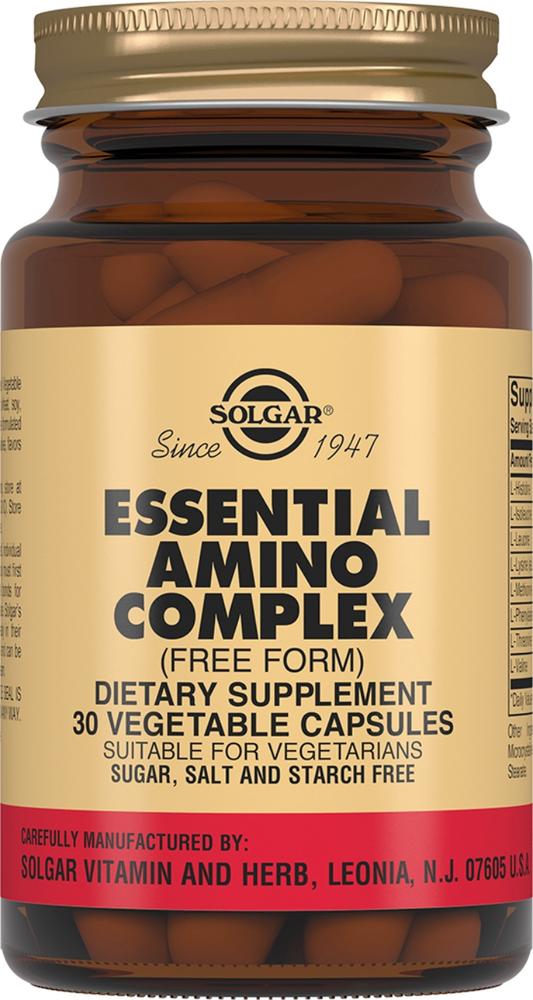
Solgar set of basic amino acid capsules. 30 pc
$27.06

Ascorbic acid tab 10 Bad units with orange flavor WTF
$1.07
$4.84
Detriferol drops vn.pr. 15000me / ml 15ml vial
Description
Composition
Active substance:
Kolekaltsiferol 15,000 IU (0.375 mg)
Excipients:
Propylene glycol 100 mg
50 mg Macrogol glitserilgidroksistearat
Methyl parahydroxybenzoate 1.0 mg
Sodium saccharinate 0.7 mg
Anise flavor 0.7 mg
Sodium hydrogen phosphate dihydrate 3.0 mg
Citric acid anhydrous 0.6 mg
Water for injection to 1.0 ml
Description:
Transparent or the gently opalescent colorless or weakly colored liquid with a characteristic odor.
Product form:
Drops for oral administration, 15,000 IU / ml.
15 ml vials of glass colored with a cork-screw-cap and a dropper with a defense mechanism against children or without protection mechanism by children.
1 bottle together with instructions for use in a stack of cardboard.
Contraindications
Hypersensitivity to kolekaltsiferola and / or any of the adjuvants in the composition of the drug.
Hypervitaminosis of vitamin D.
Increased calcium concentration in blood (hypercalcemia), increased excretion of calcium in the urine (hypercalciuria), urolithiasis (formation of calcium oxalate stones), renal osteodystrophy hyperphosphatemia, pseudohypoparathyroidism.
Sarcoidosis.
Acute and chronic liver and kidney disease, renal failure.
The active form of tuberculosis.
Children up to age of 4 weeks.
Carefully
Patients are able to immobilize.
Patients taking thiazide diuretics, as well as in patients with cardiovascular disease, receiving cardiac glycosides (see. Section “Interaction with other medicinal products”).
During pregnancy and breastfeeding (cm. “Pregnancy and lactation” section).
In infants with a predisposition to early overgrown fontanelle (when installed from birth the small size of the front temechku).
Upon receiving the additional amounts of vitamin D and calcium (e.g., as part of other drugs), in violation of excretion of calcium and phosphate in the urine, the treatment of derivatives benzothiadiazine and immobilized patients (risk of hypercalcemia and hypercalciuria) (cm. “Special instructions” section) .
Patients with the following concomitant diseases: atherosclerosis, heart disease, organic heart disease, granulomatosis, hyperphosphatemia, phosphate nefrourolitiaz, diseases of the gastrointestinal tract, gastric ulcer and duodenal ulcers, hypothyroidism.
In the presence of one or more of the following diseases and conditions prior to administration of the drug need to consult with a physician.
Dosage
15,000 IU / ml
Indications
Prevention of vitamin D deficiency diseases and related to its failure (rickets, osteomalacia).
Treatment of rickets.
Complex therapy of osteoporosis of various genesis.
Interaction with other drugs
Antiepileptics (especially phenytoin and phenobarbital, primidone), rifampicin, colestyramine reduce reabsorption of vitamin D3.
Application together with thiazide diuretics increases the risk of hypercalcemia. In such cases, continuous monitoring of blood calcium concentration should be carried out.
In hypervitaminosis of Vitamin D3 may enhance the action of cardiac glycosides and increased risk of arrhythmias caused by the development of hypercalcemia (suitable control of calcium concentration in blood, electrocardiogram, as well as dose correction cardiac glycoside).
corticosteroids Concomitant therapy may reduce the effectiveness of vitamin D3.
Prolonged use of antacids containing aluminum and magnesium, in combination with vitamin D3 can increase the concentration of aluminum and magnesium in the blood and, consequently, the toxic effects of aluminum on bone and hypermagnesemia in renal failure patients.
Cholestyramine, colestipol and mineral oils reduce absorption in the gastrointestinal tract of fat-soluble vitamins and require increase of their doses.
Concomitant use of benzodiazepines increases the risk of hypercalcemia.
Formulations containing high concentrations of calcium and phosphorus, increase the risk of developing hyperphosphatemia.
While the use of sodium fluoride interval between doses should be at least 2 hours; with oral forms of tetracycline – at least 3 hours.
The simultaneous use of other analogues of vitamin D increases the risk of hypervitaminosis of vitamin D.
Ketoconazole can inhibit biosynthesis and catabolism of 1,25 (OH) 2-kolekaltsiferola.
Vitamin D is an antagonist drugs used in hypercalcaemia: calcitonin, etidronate, pamidronate, plicamycin, gallium nitrate.
Isoniazid and rifampicin can reduce the effect of the drug due to increased rate of biotransformation.
Vitamin D3 does not interact with food.
Overdose
Symptoms of acute overdose of vitamin D3: early manifestations (due to hypercalcemia) – constipation or diarrhea, dryness of the oral mucosa, headaches,
thirst, pollakiuria, nocturia, polyuria, anorexia, metallic taste in the mouth, nausea, vomiting, weakness and fatigue, hypercalcemia, hypercalciuria, dehydration;
later manifestations – bone pain, blurred urine (in urine hyaline casts, proteinuria, leukocyturia), increased blood pressure, pruritus, photosensitivity eyes, conjunctival hyperemia, arrhythmia, drowsiness, myalgia, nausea, vomiting, pancreatitis, gastralgia, weight loss, rarely – psychosis (mental changes), and mood changes.
Symptoms of chronic overdose of vitamin D3 (at reception for several weeks or months to adults in doses 20000-60000 IU / day, children – 2000-4000 IU / day): soft tissue calcification, kidney, lungs, blood vessels, hypertension, renal and chronic heart failure (these effects occur most frequently during the accession of hypercalcaemia hyperphosphataemia), impaired growth in children (long-term use at a dose of 1800 IU / day).
Treatment: at occurrence of the symptoms described above should be interrupted using the product and seek medical advice. Shows a diet low in calcium (for several weeks), the consumption of large quantities of liquid, diuresis with furosemide, electrolytes, and appointment glucocorticosteroids calcitonin. When properly functioning kidneys calcium concentration in blood plasma can be significantly reduced by infusion of isotonic sodium chloride solution (6.3 liters in 24 hours) with the addition of furosemide, and in some cases also sodium edetate 15 mg / kg / h, with simultaneous continuous monitoring of the calcium concentration in plasma and the electrocardiogram data.
When oligoanuria contrast, hemodialysis is necessary (without calcium dialysate). A specific antidote is not known.
To prevent overdoses in some cases, it is recommended the control of calcium concentration in the blood.
pharmachologic effect
Pharmacological group:
Vitamin D and its analogues.
Pharmacodynamics:
Vitamin D3 is a natural form of vitamin D, which is formed in a person’s skin under the action of sunlight. By comparison with vitamin D2 is characterized by 25% higher activity.
Vitamin D3 is an active antirahiticheskim factor. The most important function of vitamin D3 is the regulation of calcium and phosphate metabolism, which contributes to proper growth and mineralization of skeleton.
Kolekaltsiferol plays an essential role in the absorption of calcium and phosphate in the gut, transport and mineral salts in the process of bone calcification, regulates calcium phosphate excretion and kidney.
The concentration of calcium ions in the blood causes the maintenance of skeletal muscle tone of muscles, myocardium function, promotes nerve excitation, regulate the clotting process.
Lack of vitamin D in the diet, a violation of its intake, calcium deficiency, and insufficient exposure to the sun in a period of rapid growth of the child leads to rickets in adults – to osteomalacia, pregnant women may experience symptoms of tetany, disturbance of bone calcification processes newborns.
Increased need for vitamin D occurs in women during menopause, because they often develop osteoporosis due to hormonal disorders.
Vitamin D has a number of so-called extraskeletal effects.
Vitamin D is involved in the functioning of the immune system by modulating cytokine levels and regulates lymphocyte division
T-helper cells and differentiation of B-lymphocytes. Several studies have noted reduction in the incidence of respiratory tract infections in patients receiving vitamin D.
It has been shown that vitamin D is an important link in the homeostasis of the immune system: prevents autoimmune diseases (diabetes mellitus type 1, multiple sclerosis, rheumatoid arthritis, inflammatory bowel disease, and others.).
Vitamin D has antiproliferative effects and Differentiate which cause onkoprotektivnoe effect of vitamin D. It is noted that the frequency of certain tumors (breast cancer, colon cancer) increases on the background of a low level of vitamin D in the blood.
Vitamin D is involved in regulating carbohydrate and fat metabolism by influencing the synthesis IRS1 (insulin receptor substrate 1, is involved in intracellular pathways of insulin receptor signaling), IGF (insulin-like growth factor, adjusts the balance of fat and muscle tissue), PPAR-delta (activated
vanny receptor peroxisome proliferators, delta type; promotes recycling excess cholesterol).
According to epidemiological studies of vitamin D deficiency is associated with a risk of metabolic disorders (metabolic syndrome and type 2 diabetes).
Receptors and vitamin D-metabolizing enzymes are expressed in the arterial vessels, heart and virtually all cells and tissues related to the pathogenesis of cardiovascular diseases. In animal models show anti-atherosclerotic effect, suppression of renin and prevent myocardial damage and others. Low levels of vitamin D in man are associated with unfavorable risk factors for cardiovascular disease, such as diabetes, dyslipidemia, hypertension, and is associated with the risk of cardiovascular events including strokes.
Studies in animal models of Alzheimer’s disease showed that vitamin D3 reduces the accumulation of amyloid in the brain and improves cognitive function.
In neiterventsionnyh studies in humans showed that the incidence of dementia and Alzheimer’s disease is increasing against the background of low levels of vitamin D and a low dietary intake of vitamin D. It was noted the deterioration of cognitive function and the incidence of Alzheimer’s disease with low levels of vitamin D.
Pharmacokinetics:
Suction. The aqueous solution kolekaltsiferola absorbed better than oily solution (this is important when used in premature babies, as this category of patients is observed production failure and bile entering the intestine, which violates the absorption of vitamins in the form of oily solutions).
Following oral administration Kolekaltsiferol is rapidly absorbed from the small intestine distal enters the lymphatic system to the liver and into the bloodstream.
Distribution. The blood is associated with alpha2-globulins and albumin partially. Kolekaltsiferol accumulates in the liver, bone, skeletal muscle, kidney, adrenal, myocardium adipose tissue. The maximum concentration in the tissue is achieved within 4-5 hours, then it decreases slightly, remaining a long time at a constant level. Accumulates. It crosses the placental barrier and into breast milk.
Metabolism. The biotransformation in the liver and kidney: liver Kolekaltsiferol converted to inactive metabolite kaltsifediol (25 digidrokolekaltsiferol) Kidney – from kaltsifediola converted to the active metabolite, calcitriol (1,25-digidroksikolekaltsiferol) and an inactive metabolite 24,25-digidroksikolekaltsiferol. Undergoes enterohepatic recycling.
Withdrawal. Withdrawal of the drug mainly in the bile and a small amount – the kidneys.
Pregnancy and breast-feeding
During pregnancy should not use the drug in doses exceeding recommended for the prevention of deficiency of vitamin D (see. The section “Method of administration and dose”), due to WHO-
Moznosti manifestations of teratogenicity in case of overdose. Precautions should be prescribed vitamin D3 women during breast-feeding, since the drug, taken in high doses, the mother, can cause symptoms of overdose in children.
In the case of the drug during pregnancy and breast-feeding is necessary to consider delivery of vitamin D from other sources of vitamin D daily dose should not exceed 600 IU.
Conditions of supply of pharmacies
Without a prescription.
side effects
The frequency of adverse reactions did not determined.
Violations by the Metabolism and nutrition: hypercalcemia and hypercalciuria, decreased appetite.
Disorders of the nervous system: headache.
Violations of cardiac arrhythmias.
Violations by vessels: increased blood pressure.
Violations of the respiratory system, organs, thoracic and mediastinal disorders: exacerbation of tuberculosis in the lungs.
Disorders of the gastrointestinal tract: constipation, flatulence, nausea, abdominal pain or diarrhea.
Violations of the skin and subcutaneous tissue disorders: hypersensitivity reactions such as itching, skin rash, and urticaria.
Violations by musculoskeletal and connective tissue disorders: arthralgia, myalgia.
Violations by the kidneys and urinary tract: renal failure, polyuria.
In the event of adverse reactions should seek medical advice.
special instructions
Avoid overdosing.
Before the drug should be taken into account the amount of vitamin D and of calcium coming from the food and the composition of other drugs.
Too high doses of vitamin D3, applied continuously or shock doses can cause chronic hypervitaminosis D3.
Should not be used simultaneously with vitamin D3 high doses of calcium.
The drug should be used with caution in patients with impaired excretion of calcium and phosphate in the urine, the treatment of benzothiadiazine derivatives and immobilized patients (risk of hypercalcemia and hypercalciuria). These patients should be monitored calcium concentration in plasma and urine.
It should not take vitamin D3 at pseudohypoparathyreosis, since in this disease need for vitamin D can be reduced, which can lead to long-term risk of overdose.
The main clinical manifestations of rickets include mild nervous irritability, anxiety, startle at sudden sound, a flash of light, rhythm sleep disorders, superficial “disturbing” dream, sweating, itching, alopecia neck, yielding margins of a large fontanelle.
Visible deformation of bone is typical of moderate to severe rickets, which usually require hospitalization and a comprehensive therapy prescribed by the doctor based on test results.
Repetition of courses of therapy for osteoporosis may recommended by the doctor, depending on the results of the evaluation of bone turnover markers, and calcium metabolism. If your doctor has prescribed a longer treatment than recommended in the instructions, you should regularly (at least every three months of therapy) to determine the concentration of calcium in the blood serum and urine, as well as to assess kidney function by measuring the concentration of creatinine in serum. If necessary, the dose may be adjusted by the physician in accordance with the concentration of calcium in blood serum.
In the case of hypercalcemia or presence of impaired renal function dose should reduce or stop the treatment. If the calcium concentration in urine is greater than 7.5 mmol / 24 hours (300 mg / 24 h), it is advisable to reduce the dose or suspend treatment.
The effect on the ability of control of vehicles and mechanisms
Data on the possible effects of the drug on the ability to drive and there are no mechanisms.
Storage conditions
At temperatures above 25 ° C.
Keep out of the reach of children.
Dosing and Administration
Orally.
The drug is taken in liquid spoon.
1 drop contains about 500 IU of vitamin D3.
Prevention of rickets:
Term newborns with 4-weeks of age – 1 drop (500 IU) per day;
Premature babies from 4 weeks of age – 2 drops (1000 IU) per day during the first year of life, followed by 1 drop (500 IU) per day.
The drug is used during the first two years of life, during periods of low insolation (especially in winter).
Treatment of rickets:
If no visible deformation of the skeletal system (mild rickets) – 2-3 drops (1000-1500 IU) per day, the treatment continued for 30 days.
In the presence of bone deformities characteristic of rickets moderate and severe – 4-8 drops (2000-4000 IU) per day, Treatment continued for 30-45 days, the dose and duration of treatment depends on the severity of change and determined by the physician ( see. “Special instructions” section).
Prevention of vitamin D deficiency diseases and related to its failure (osteomalacia):
1 drop (500 IU) per day for the entire period accompanied by a deficiency of supply of vitamin D. The minimum duration of the course of treatment – 1 month.
When the complex treatment of osteoporosis:
1-2 drops (500-1000 IU) per day for 3 months. Repeated courses of therapy may hold on doctor’s advice, depending on the results of the evaluation of bone turnover markers, and calcium metabolism (see. “Special Instructions” section).
Information
Appearance may differ from that depicted in the picture. There are contraindications. You need to read the manual or consult with a specialist
Additional information
| Weight | 0.100 kg |
|---|---|
| Manufacturer | Grotex Ltd. |


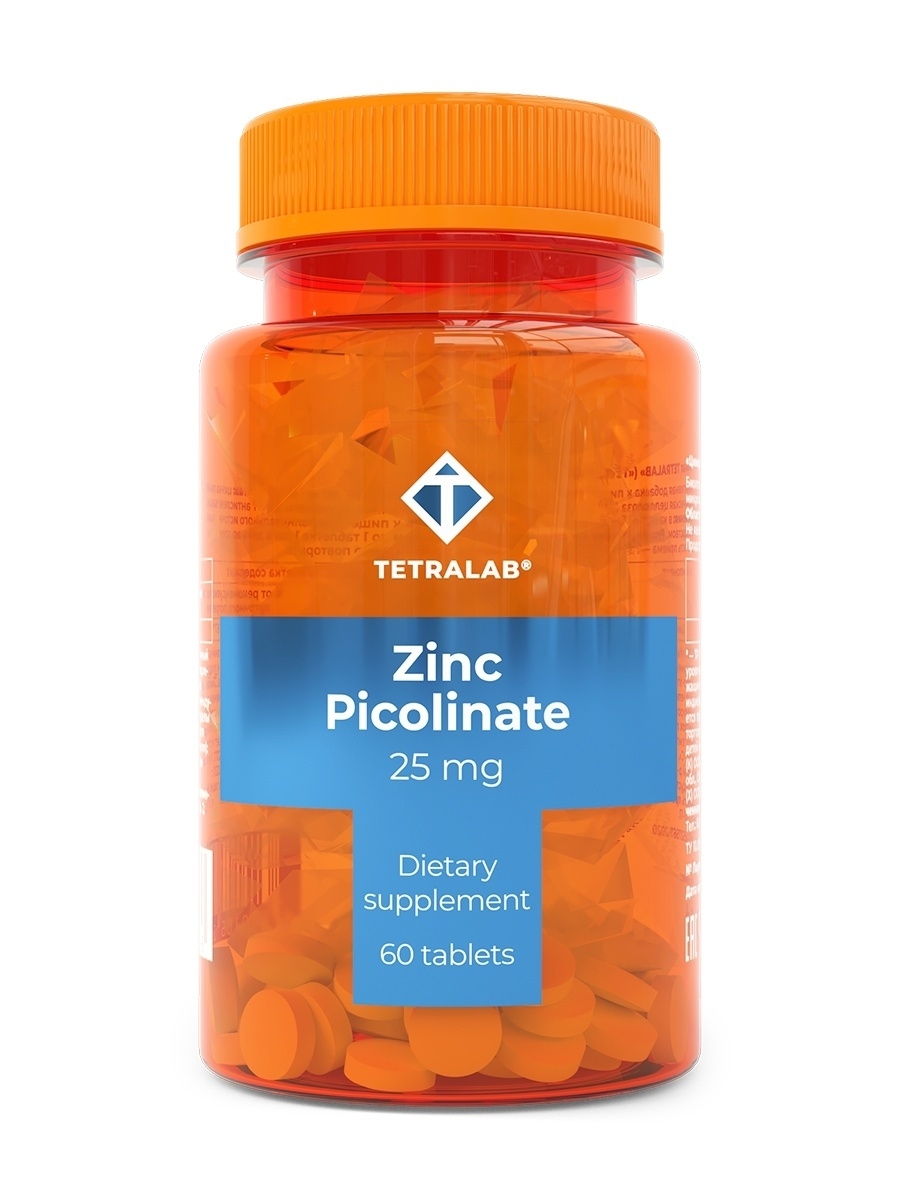
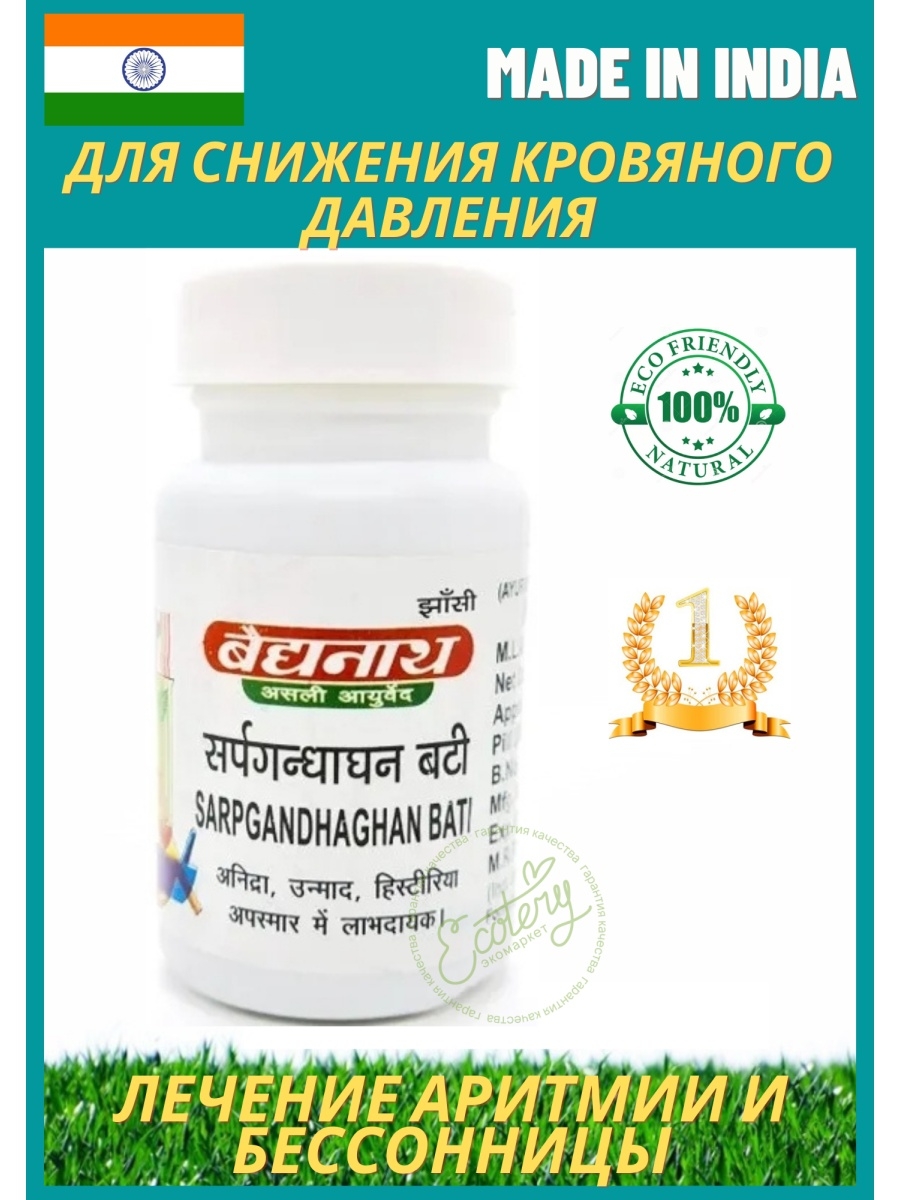
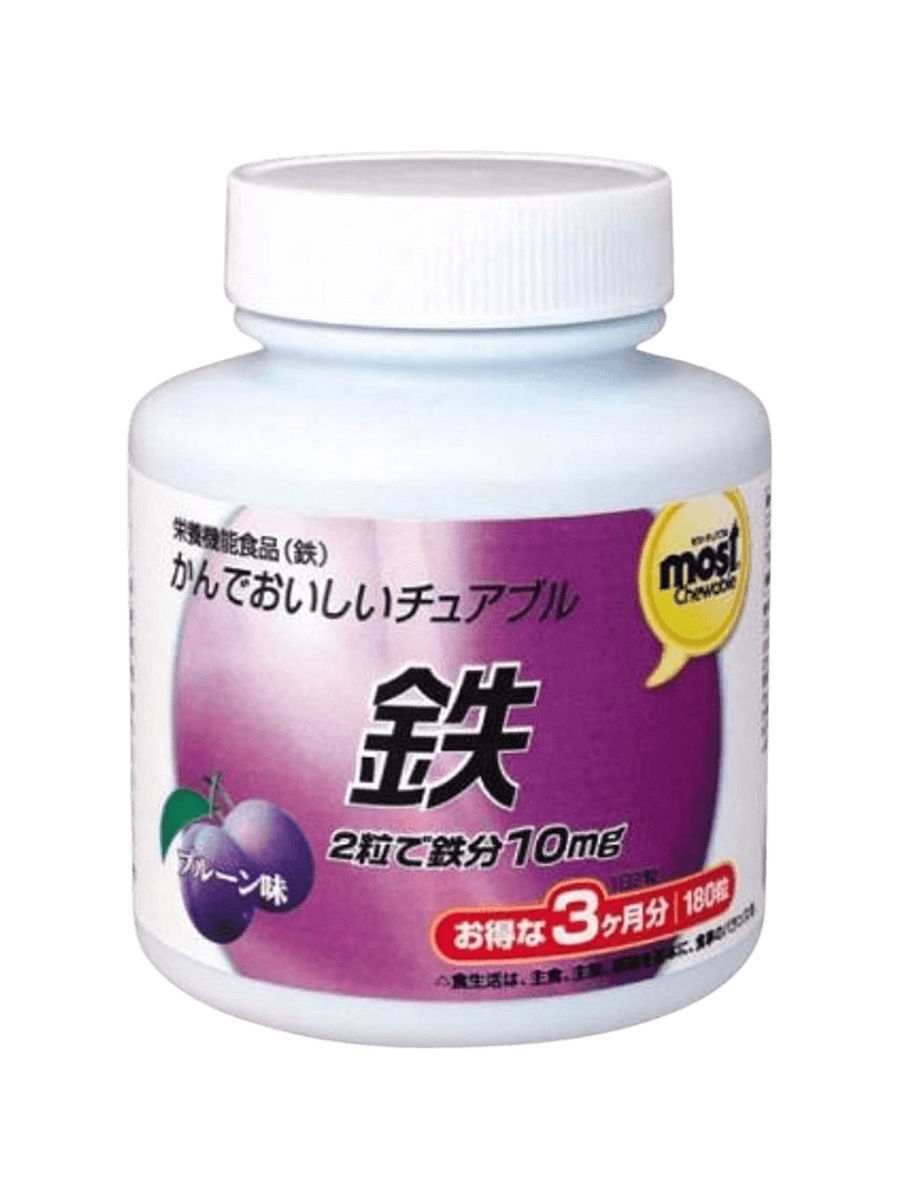
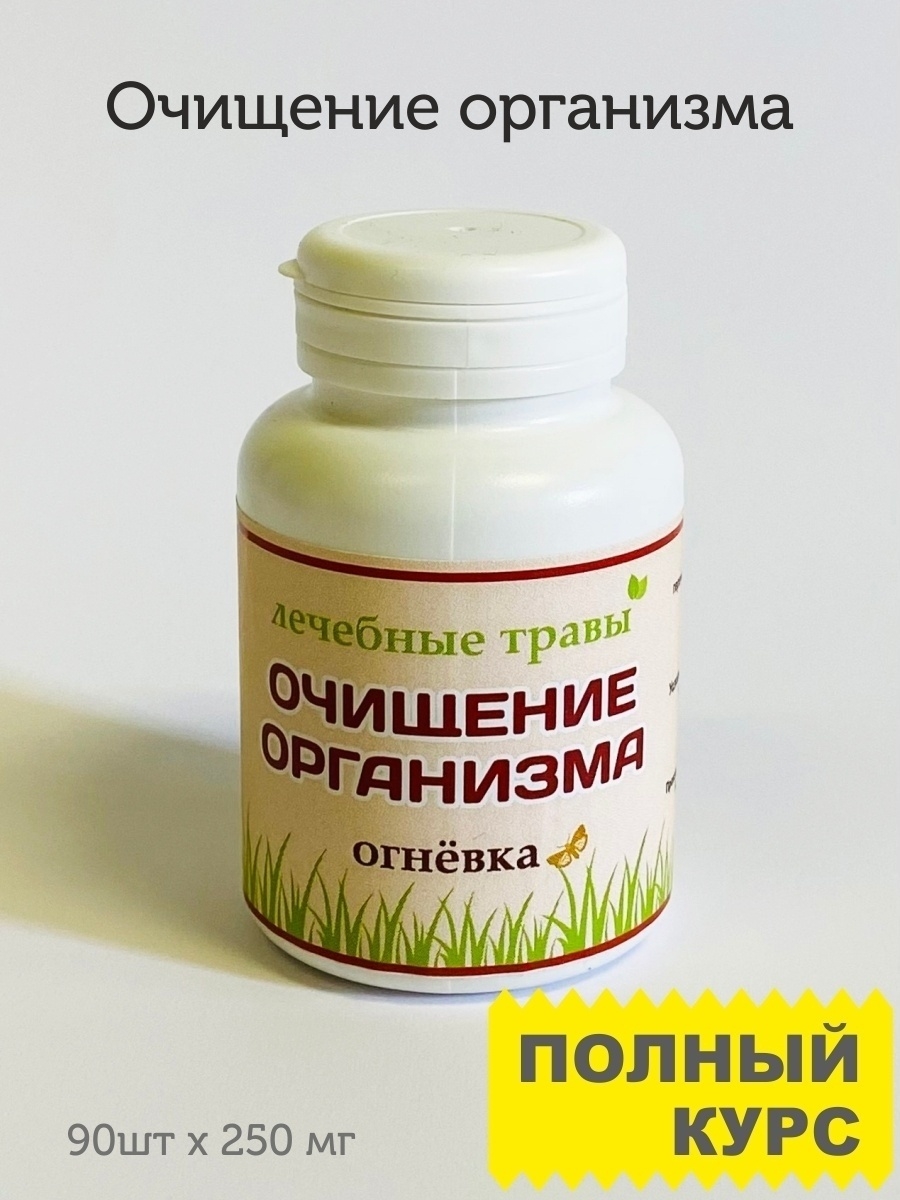
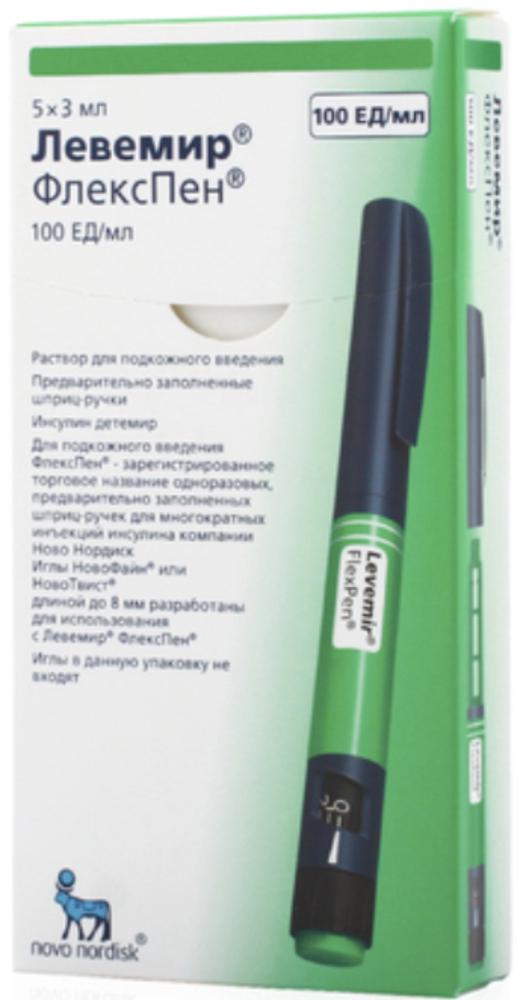
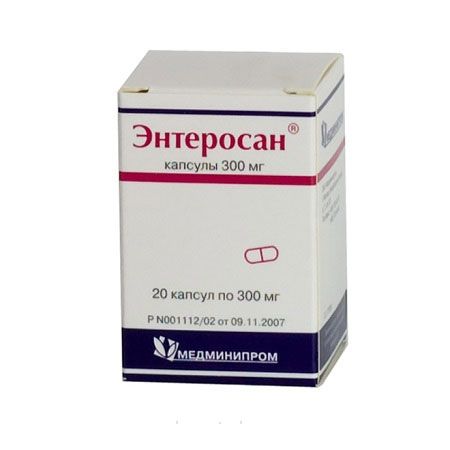




There are no reviews yet.